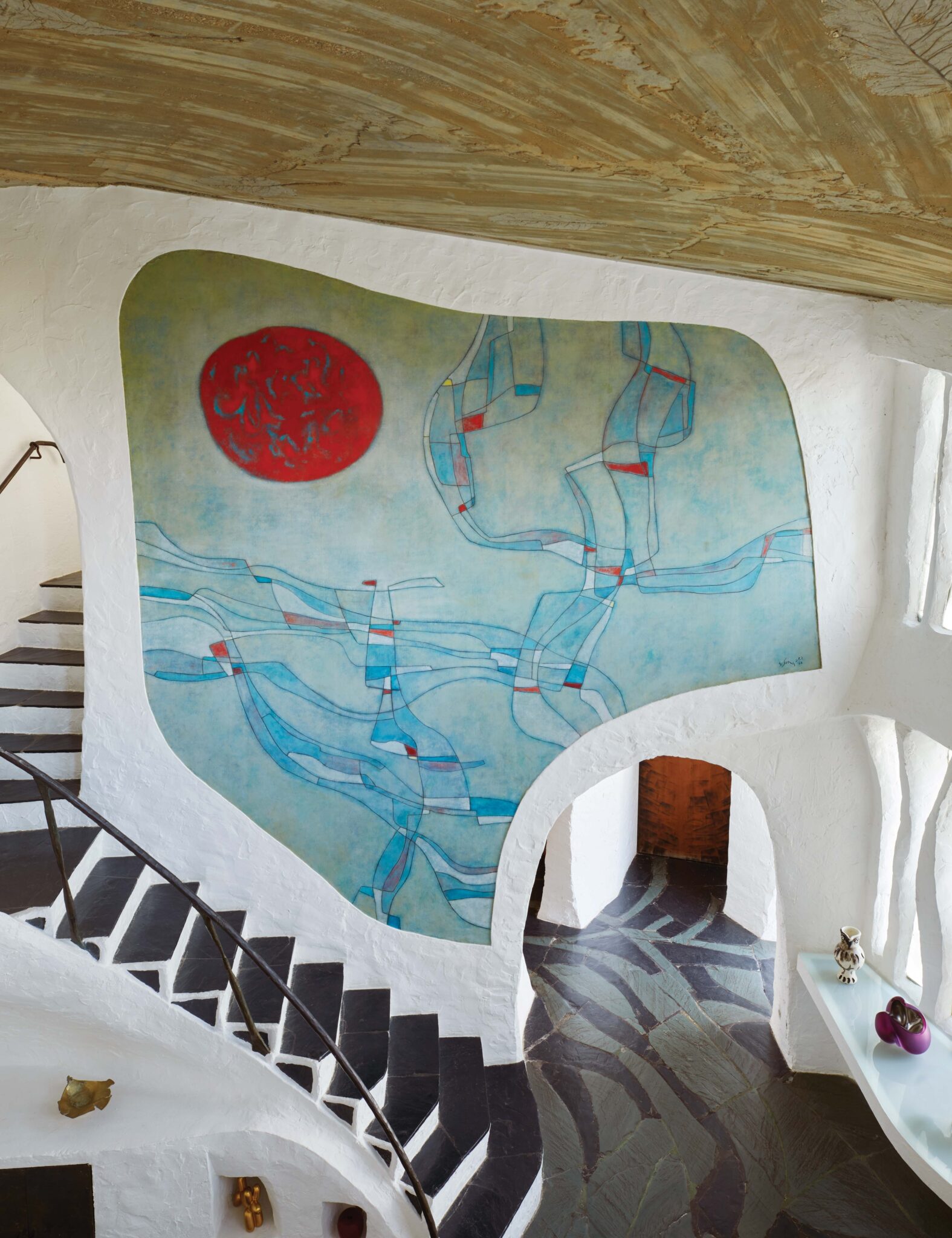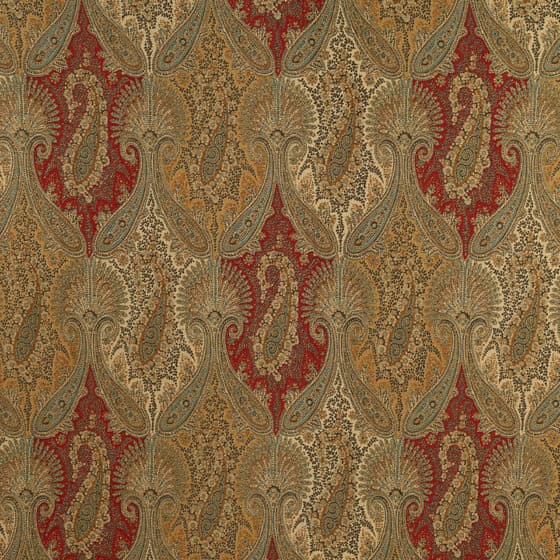
At the start of the 19th century, there was no greater status symbol for ladies in the royal courts of Europe than a woven paisley shawl from Kashmir, a far-off land rich in artistic talents, history, and culture. As kings, gentry, and explorers ventured to the Orient, the Kashmir paisley became an expression of love that embodied the mysticism of the East.

Empress Josephine draped in a paisley shawl at Malmaison by François Gérard, c. 1801.
Upon returning from a long journey East, Napoleon Bonaparte himself (like many French, Russian, and British aristocrats at the time) showered his wife, Empress Josephine, with an extravagant paisley shawl. With its vivid color, intricate tear-drop pattern, and alluring texture, the gift of paisley was soon seen as the greatest of all romantic gestures.
But beyond its role as a conveyer of love from adoring husbands, the paisley shawl quickly became the status symbol among aristocratic women who wished to emphasize their grace and knowledge of the latest in Eastern-inspired fashion trends—as can be seen in countless portraits from the era. Centuries later, the exquisite textile is still as wondrous and sought after as ever.
Baroness Elisabeth Alexandrovna Stroganoff, wife to a wealthy Russian mine and foundry owner, dressed in a gown with Kashmiri paisley embroidery and a coordinating shawl. c. 1805.
Madame de Senonnes, viscountess of Senonnees, in a seductive and languid pose, and a luxurious crimson velvet gown with a white paisley shawl, as painted by Jean-Auguste-Dominique Ingres. c. 1814.

A painting by Eduard Friedrich Leybold picturing a young lady in a red dress with a paisley shawl, c. 1824.
Love what you see? Check out Schumacher’s collection of paisleys here.
Sanderling Paisley Fabric
Chavant Paisley Fabric
New Castle Paisley Fabric
Sarawak Paisley Fabric
Chatelaine Paisley Fabric
Cameron Wool Paisley Fabric



























